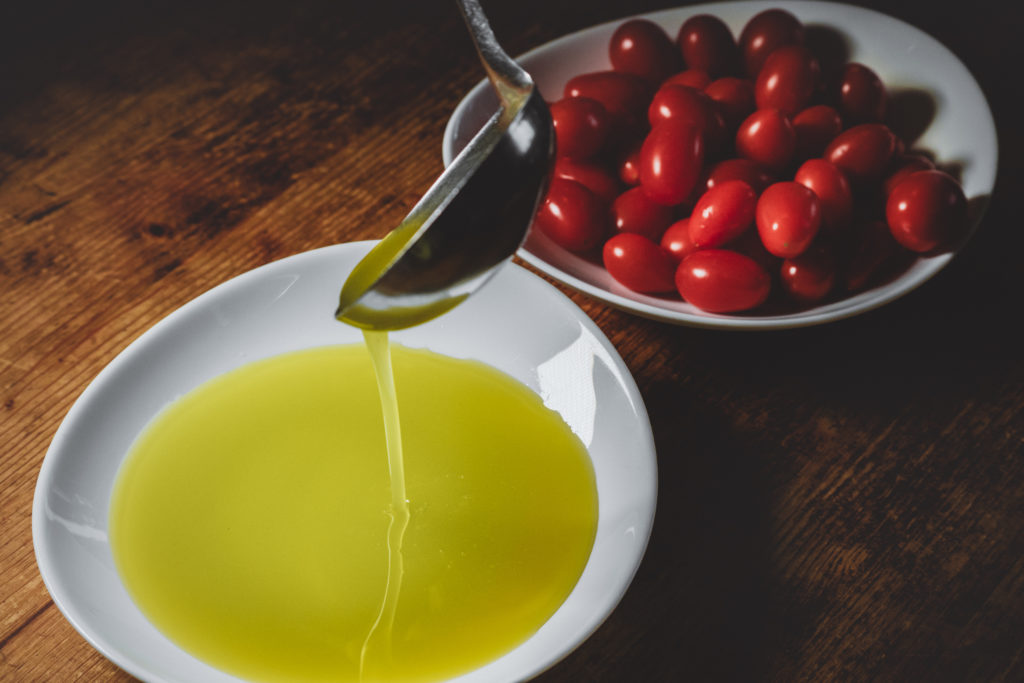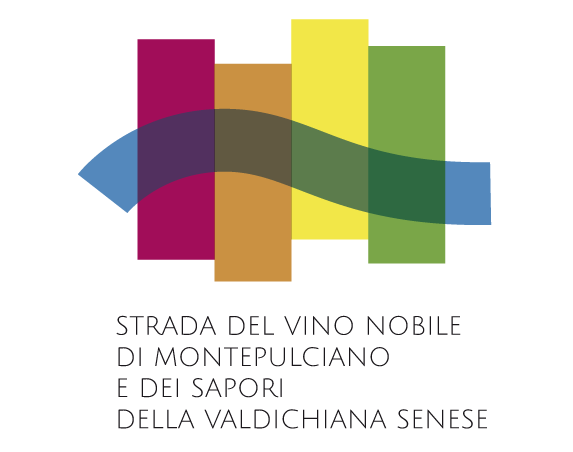
There are some typical products of the past that tell us about the territory just by looking them. If we say typical Italian culinary tradition recipes, we immediately think about pasta and pizza, perhaps seasoned with tomato and basil. The tomato is the basis of many traditional recipes also in Valdichiana: panzanella and bruschetta in Summer, sauces and ragu in Autumn, such as the aglione sauce, the nana (“duck” in Tuscan dialect) ragù and the Chianina ragù. In short, without tomatoes the local cuisine would not be the same.
And to think that tomatoes were imported into Europe from South America “only” 500 years ago. Before then, the tomato did not exist in this area. Furthermore, initially the tomato was considered only an ornamental plant, inedible and mainly widespread in its yellow fruit version. The italian name “pomodoro” literally derives from “pomo d’oro” (golden apple) and is attributed to a Sienese. Pietro Andrea Mattioli, considered one of the most important Italian botanists, wrote about tomatoes in 1544 in his most famous book with a very long title known as “Dioscoride“. At the time, tomato was considered a poisonous plant and it took several decades before its introduction into kitchen!
From that moment on, tomato has become a true noble on tables in Valdichiana, the typical product of the past that tells us about the territory.
For example, there are also traditional products grown or made for centuries in Valdichiana Senese but which have risked extinction. This is the case of Cinta Senese pork, the black pig with the typical white band on the belly, which risked extinction in the middle of the last century. Of ancient origins, the Cinta Senese is even painted in the famous fresco of the Good Government painted in 1300 by Lorenzetti inside the Palazzo Pubblico in Siena. Nevertheless, starting from 1950 the surrounding Cinta Senese pork farms were progressively replacing it with English and Danish breeds, which were more productive.
The Cinta Senese was one of the few Italian autochthonous breeds, over 20 in total, of which it was possible to recover the production. Then in 2012 came the recognition of Cinta Senese DOP.
If you want to know what the DOP designation is like, take a look at our page dedicated to certifications.
It is a fact that the typical product shapes the territory and vice versa and determines its fate. Another example is another par excellence flavor of the past, the Pecorino of Pienza, an excellent pecorino cheese that has always been on the tables of Valdichiana inhabitants but which in recent times owes a lot to Sardinia. That is because the production of Pecorino of Pienza has gained vigor since the 1950s, when entire families moved here from Sardinia, also bringing the particularly productive Sardinian sheep with them. Silvana Cugusi, a protagonist of this story with her family, told us about it.
Since then Pecorino of Pienza has become famous, not only in Valdichiana, for its quality and flavor, and dairies have flourished throughout the territory. The white flocks of sheep grazing the grass are its symbol.
With the Il pranzo di una volta Box (old-fashioned lunch) you can bring the traditional flavors of Valdichiana Senese to your home. Discover with us the stories of local producers who cultivate and make traditional products with an eye to the future.
A narration with the voice of whom everyday lives, eats and cultivates in Valdichiana. You will find this in our newsletter that will follow the seasonality of Valdichiana.
Client support
Valdichiana Eating team answers on Whatsapp at the number +39 3913862801 from Monday to Friday from 9:30 a.m. to 1:30 p.m. and from 2:30 p.m to 6 p.m.
During weekends we are in the countryside to eat!
For tailored requests write us at:
info@valdichianaeating.it
First please take a look at our FAQ section.
VALDICHIANA EATING is a project created by:

Strada del Vino Nobile di Montepulciano
e dei Sapori della Valdichiana
PhotoCredits: Francesco Gorini, Carlo Pellegrini, Celeste Ferrara Credits: WeCaptains